SUMMARY
This is AI generated summarization, which may have errors. For context, always refer to the full article.
![[OPINION] Golden Rice promise in peril](https://www.rappler.com/tachyon/2021/05/TL-golden-rice-1280.jpg)
Golden Rice, announced two decades ago as the answer to Vitamin A deficiency, is nowhere near production.
In 2000, a Time magazine cover announced the sprouting of “Golden Rice,” promising to enhance nutrition for millions of poverty-stricken rice-eating Asians. The magazine showed the father of Golden Rice, Swiss plant researcher Ingo Potrykus, touting it as “rice that could save a million lives a year”.¹
A diet of Golden Rice — pale yellow because of genetically embedded beta carotene from which Vitamin A is made by the human body — could bring rice-eating consumers the gift of life and sight.
The superfood was drummed up as the panacea for malnutrition among Asia’s poor. It would be cheap to grow and sustainable because low-income farmers could save the seeds and plant them the following season without purchasing anew unlike many leading commercial rice varieties.
Two decades later
Two decades later, people ask, what has happened to Golden Rice? Has it lived up to its promise?
Not yet, if we are to believe Russell Reinke, senior rice scientist at the International Rice Research Institute (IRRI), the world’s primary rice research center 60 miles south of Manila, in Los Baños, Philippines, who developed Golden Rice along with partners.
“Golden Rice has come a long way since its proof-of-concept was featured in Time magazine in 2000, and we are excited to reach the last mile in our journey of making it available to those who need it the most,” Reinke tells SciDev.Net, without indicating a date by which it will be available to the public.
Reynante Ordonio, Golden Rice project lead scientist at the Philippine Rice Research Institute (PhilRice), elaborates: “The Philippine Department of Agriculture-PhilRice has applied for commercialization of Golden Rice and the application has been under final regulatory review in the Philippines since October 2020. It will only be made available to the public once it has received all necessary approvals.”
Ordonio adds: “A successful application will enable the Philippine Department of Agriculture-PhilRice to proceed with the pilot-scale deployment of Golden Rice to selected communities and lay the groundwork for further research on its impact on Vitamin A intake and status.”
But the way I look at it, the end is nowhere in sight. So why is it taking so long?
More “pilot-scale deployment of Golden Rice to selected communities for further research” means years, even decades, of additional research. People and funding agencies now have a right to ask: how much longer and how many more millions of dollars will it take? Is the end worth it?
Long, slow march forward
It is true that most of the first years of Golden Rice research have been marked by the scientific difficulty of developing a new crop type, including the dilemma of low rice yields per hectare that make the variety unattractive for farmers to adopt. Known in agronomy as “yield drag,” i.e. GM rice doesn’t produce as much as non-GM varieties, a major reason why it has trouble getting approval.
IRRI scientist Reinke explains that they are striving for that precisely. “The genes to produce beta-carotene in the grains are being introduced into a range of varieties with which farmers are familiar, produce good yields, and are tolerant of stresses and diseases.
“The genes are transferred into new varieties that have the same yield and growth characteristics as the original varieties.”
Plant breeder and National Scientist Emil Javier tells SciDev.Net: “It takes time to perfect the technology itself. Protracted steps are required by regulators for the release to the environment and consumption of a novel food product.”
Another factor often cited for the delay in Golden Rice research has been opposition from anti-GM activists, including vandalism and court cases. Javier says that by using the courts, green lobby groups hit the research community where they are most vulnerable. Scientists can never say with certainty that any research is safe. But courts generally like to hear a yes or no. And strict regulations embodied in the Cartagena Protocol on Biosafety also contribute to slow down the research.²
In 2011, a decade later, the Bill and Melinda Gates Foundation, a big supporter of agricultural research around the world, gave IRRI’s Golden Rice project a hefty shot in the arm with a new $10.3-million donation. Bill Gates himself secretly came to IRRI in 2015 and it was a big deal announced on the campus billboard. That new donation gave second wind to the struggling research. That booster dose, however, might just be about to expire.
Two decades after Golden Rice was trumpeted as the panacea for Vitamin A deficiency and poverty among Asia’s poor, it is still years away from field introduction and may still fall short of the health benefits promised by its advocates, according to a study from Washington University in St. Louis.³
Washington University anthropologist Glenn Stone says Golden Rice is still not ready for the market and at best may still be decades away from approval. “The rice simply has not been successful in test plots of the rice breeding institutes in the Philippines, where the leading research is being done.
“After 24 years of research and breeding, Golden Rice is still years away from being ready for release.”⁴
Stone also points out that there is not even enough research done on how much impact the rice will really have on children’s health and how Golden Rice will hold up when stored for long periods between harvest seasons, or when cooked using traditional methods common in remote rural locations.
Golden Rice over-promise?
Scientists were convinced 20 years ago that they had the silver bullet to eliminate rural malnutrition, Vitamin A deficiency, and poverty.
In the meantime, the Philippines has managed to lower the incidence of Vitamin A deficiency by non-GM methods such as adding Vitamin A to a range of foods that the public consumes, from the table condiment ketchup to snack foods that kids love.
Have the Golden Rice scientists over-promised? One clear lesson here which caused disappointment is the way the scientific community overhyped the technology but failed to communicate clearly that the “soon” can translate to more than two decades.
As we wait for government bureaucracy to approve the latest next step — commercialization — it does look like Golden Rice research has hit a major snag and the promise is in peril. – Rappler.com
Crispin C. Maslog, former journalist with Agence France-Presse, is an environmental activist and former science journalism professor, Silliman University and University of the Philippines Los Baños, Philippines. He is a founding member and now Chair of the Board, Asian Media Information and Communication Center, Manila.
This piece was produced by SciDev.Net’s Asia & Pacific desk.
References
1. Grains of Hope, By MADELINE NASH Zurich Monday, 7 Aug 2000, Follow @TIME
2. SciDev.Net, Asia–Pacific Asia–Pacific Analysis: Myth-busting the opposition to GM crops, by Crispin Maslog 31 Aug 2013
3. Disembedding grain: Golden Rice, the Green Revolution, and heirloom seeds in the Philippines, By Glenn Davis Stone and Dominic Glover 16 April 2016
4. Genetically modified Golden Rice falls short on lifesaving promises, By Gerry Everding 2 June 2016
Add a comment
How does this make you feel?
![[ANALYSIS] The real story about rice production in 2020](https://www.rappler.com/tachyon/2021/01/TL-rice-tarrification-1280.jpg?fit=449%2C449)




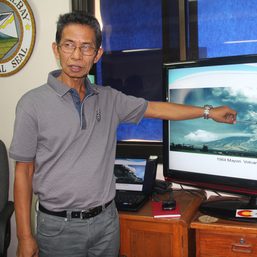
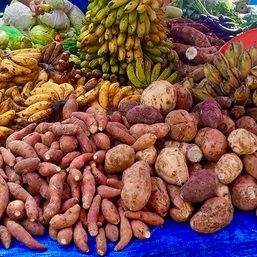
![[OPINION] Hungry children do not make good students](https://www.rappler.com/tachyon/2024/01/imho-PH-PISA-scores-jan-27-2024.jpg?resize=257%2C257&crop=260px%2C0px%2C720px%2C720px)
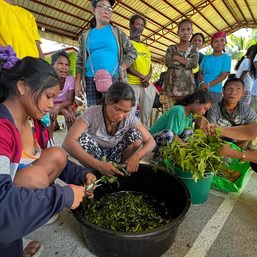
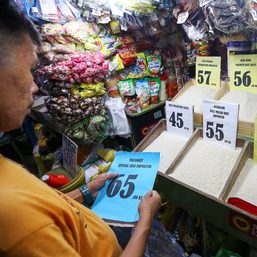
![[WATCH] In the Public Square with John Nery: Are Pepe and Pilar too short?](https://www.rappler.com/tachyon/2023/10/In-the-Public-Square-LS-SQ.jpg?resize=257%2C257&crop=384px%2C0px%2C1080px%2C1080px)
![[ANALYSIS] Craving, craft, and cosplay](https://www.rappler.com/tachyon/2023/08/TL-craving-craft-cosplay.jpg?resize=257%2C257&crop=393px%2C0px%2C1080px%2C1080px)
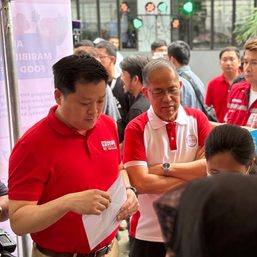
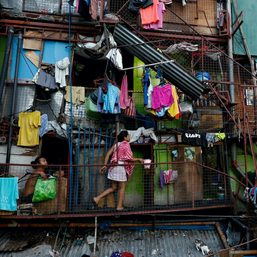
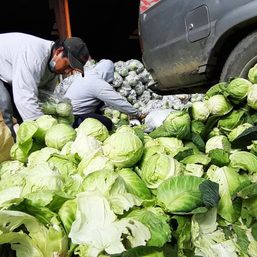
![[ANALYSIS] Investigating government’s engagement with the private sector in infrastructure](https://www.rappler.com/tachyon/2024/04/tl-gov-private-sectors-infra-04112024-1.jpg?resize=257%2C257&crop=435px%2C0px%2C1080px%2C1080px)
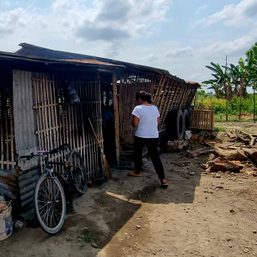
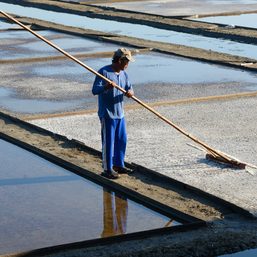
![[Rappler’s Best] The elusive big fish – and big fishers](https://www.rappler.com/tachyon/2024/04/The-elusive-big-fish-%E2%80%93-and-big-fishers.jpg?resize=257%2C257&crop=220px%2C0px%2C720px%2C720px)
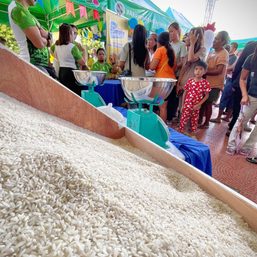
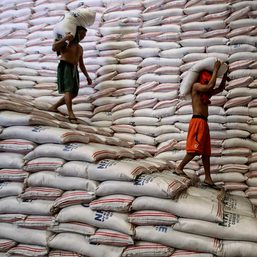
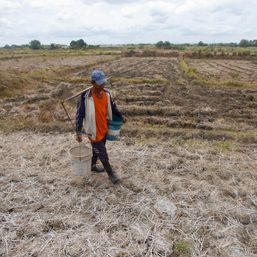
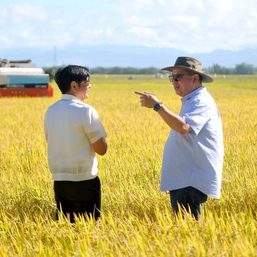
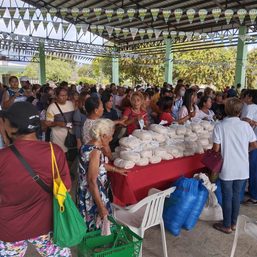
There are no comments yet. Add your comment to start the conversation.